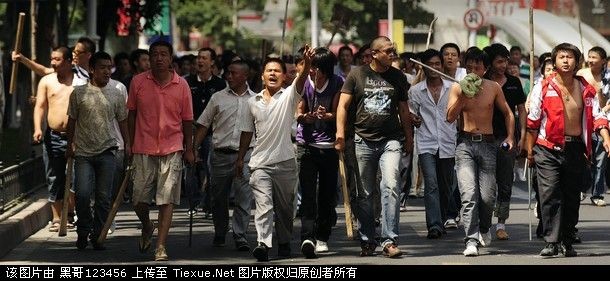Chinese authorities report that 16 people have been killed in Xinjiang, China’s western-most province. The area is known to be a concern for Beijing, with a majority population of Uyghur muslims feeling the growing pressure of an ethnic Han Chinese migration from the East.
Tianshannet, the Xinjiang state-run news service, reports police were attempting to arrest what are said to be criminal suspects when they were attacked, with 14 of the “thugs” killed along with two police officers. The attack follows years of violent unrest in the region.
In October, Tiananmen Square was the sight of a bloody car-bombing, killing five and described as the first terrorist attack in Beijing’s recent history. The attack was likely a response to the police crackdown during riots in June in the Shanshan district of Xinjiang where 27 people were killed.
Another round of riots and unrest occurred in 2009, with riots in July of that year in the regional capital of Urumqi, involving at least 1000 Uyghurs and ending with nearly 197 people killed. Further violence continued until that September, including attacks on journalists and “pin prick attacks” where assailants were targeted with syringes.
Xinjiang, also called Chinese Turkestan, has historically been inhabited by a large Uyghur population - a group closely related to Turkish muslims. Xinjiang is described as an “autonomous region” but in recent years Beijing has encouraged mass migration by ethnic Chinese into the region, in what some say is an effort to solidify control of the province.
Xinjiang, the furthest province in China from Beijing, is currently made up of 43% Uyghur populations and nearly 40% Han Chinese, with the remainder being largely Kazakh. The presence of the Han Chinese has increased manifold since 1949, when the population was only 7% Han.



























